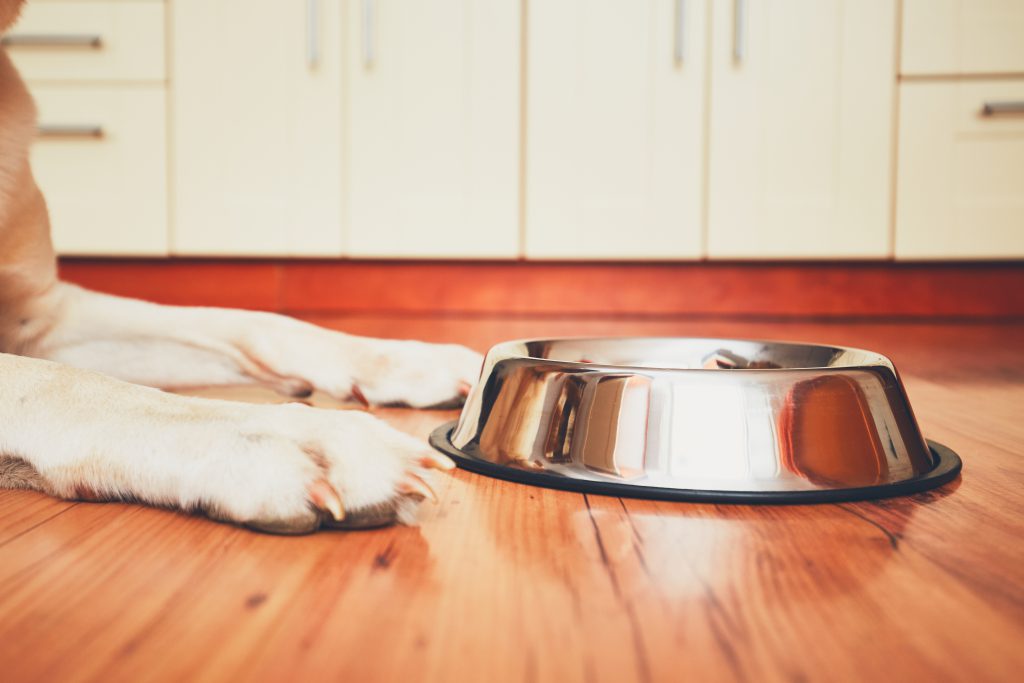In this blog, we pull back the curtain on pet food recalls, including the circumstances that prompt them and the steps that must be carried out in the process.
Pet food recalls pop up in headlines all over the world, but they are still a topic scarcely discussed in detail in business meetings. Our conversations with pet food brands rightly focus on the extensive precautions we take to prevent recalls from happening. But behind the scenes, no matter how confident our operations, we must plan to perform whatever actions necessary to protect our clients’ brands as well as the health and safety of pets and pet parents.
In this blog post, we are “breaking taboo” to discuss the finer details of recalls, why they happen and what needs to be done and initiated for your product.
Why Recalls Happen
Through the FDA Food Safety Modernization Act (FSMA), recalls can now be initiated by FDA/state request or by an FDA/state order under statutory authority; however, there are circumstances under which pet food manufacturers may voluntarily recall products themselves.
Sometimes pet food manufacturers must conduct a recall when it is discovered that a product has entered commerce with the potential to cause human/animal health issues due to a deviation involving an ingredient, packaging material or finished product. If released product presents only a minor violation that is not subject to legal action, then a market withdrawal would be initiated. For example, a product may be withdrawn from the market due to tampering without evidence of manufacturing or distribution problems.
Industry best practice calls for manufacturers to follow a positive release program, by which product is only released once analytical or microbiological test results have become available and are acceptable. Should a manufacturer not have or fail to follow such a program, the risk for recall would increase. In this case, if test results are outside acceptable limits (e.g., contamination); corrective actions, including preventing the affected product from entering the market, were not taken; and the affected product is reasonably expected to result in one of the situations described below, then a recall must be initiated.
According to the FDA, there are three classes of recall:
- Class I recall: a situation in which there is a reasonable probability that the use of or exposure to a violative product will cause serious adverse health consequences or death.
- Class II recall: a situation in which use of or exposure to a violative product may cause temporary or medically reversible adverse health consequences or where the probability of serious adverse health consequences is remote.
- Class III recall: a situation in which use of or exposure to a violative product is not likely to cause adverse health consequences.
An up-to-date list of recalls can be found on the FDA website. Filter by “Animal Health” to view pet food product recalls.
Recall Process
Once a recall has been initiated, the parties involved need to act swiftly. Several key players are required to carry out a recall, ranging from those on the production floor to the head of the company. Although one hopes to never use it, a thoughtful recall plan – which is now required under certain circumstances per FSMA legislation – is critical to executing a recall in a prompt, orderly and efficient manner.
During a recall, a company official – typically the president/CEO or designee – would determine if a recall is needed and consult the company’s recall team and legal counsel. A designated recall coordinator would manage the investigation, interpret the data and inform the company officials of results. This is also the individual who would act as the contact for regulatory agencies (e.g., FDA recall coordinator and state coordinator) throughout the recall process.
Production and inventory data would then be gathered from the operations team. Quality assurance (QA) would place existing inventory on hold to investigate and report on the incident. Shipping data would also be gathered for lot(s) of finished product involved in the recall to facilitate reconciliation of quantity recovered versus the total produced throughout the recall.
Receiving also needs to gather data related to any deviation (i.e., ingredients, packaging materials) and secure or segregate any remaining affected lots involved in the recall (including raw ingredients, if applicable); QA would then place a hold on these materials. Sales would be responsible for contacting clients and liaising with the president/CEO or designee on how to return or dispose of the product at hand.
The recall coordinator should hold regular meetings and status updates throughout this process and deliver a final report. Together with their affected customers, the manufacturer would track the amount of product recovered versus the amount of product shipped to determine whether the recall was effective.
Conclusion
With appropriate preventive controls in place to avoid potential hazards, recalls are largely preventable; however, that does not mean we can turn a blind eye to the possibility that one may need to be initiated someday. Pet parents depend on us to keep them and their pets safe, and we must be prepared to do whatever is necessary to uphold that promise. So, file this information away for safe keeping, and stay tuned for our next blog, where we will discuss the responsibilities of both manufacturers and their customers in recall prevention and preparedness.
